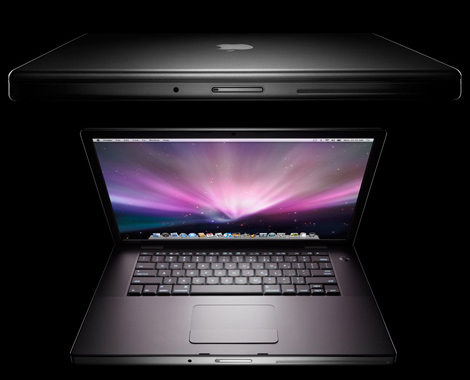Around the time Apple made the deal to move from PowerPC chips to Intel Chips, I discussed this move with Steve Jobs. In my conversation with Jobs, he had told me that his ultimate goal was to create their own CPU’s eventually but admitted that it was more of a pipe dream at that time.
The move from the Power PC to Intel was provoked by Apple’s belief that the Power PC could not keep up with the speeds and feeds that Intel was delivering continuously. Also, the AIM alliance behind the Power PC was beginning to falter, and Jobs and the team questioned their long term commitment to the Power PC architecture.
Not long after Jobs and Paul Otellini, who was CEO of Intel at the time, struck a deal for Apple to shift to Intel, and I was asked by Intel to help them with their strategies around supporting Apple. All of that work was under NDA, but I became a fly on the wall of these conversations. During that time, I came to understand the why and how Apple would start the move to Intel and how Intel would create more of a custom approach to supplying Apple with X86 chips for the Mac.
Over the years, Apple and Intel’s relationship grew very close. However, Jobs and the team still believed that Apple’s ultimate strategy would become a silicon chip designer themselves, starting with custom chips to support the iPhone and iPad.
If you have not read Ben’s piece yesterday, that goes into detail about Johnny Scruigi’s explanation of why Apple created their A series architecture and its future impact on all Apple hardware, I encourage you to read it. It is very insightful and gives a good background of their thinking about this switch from Intel to their own A-series processors for use in the Mac. The title is also clever since it plays off the Intel Inside marketing that once showcased Intel innovation as a differentiator.
As I stated earlier, this was part of Jobs’ vision for Apple since 2004. When he and I discussed Apple’s idea of doing their own processors, he only stated it more in the context of it being a “dream of his” to move in this direction. And since Jobs was a man of action with the means to make things happen, we know now that Apple was doing the deal with Intel about the same time. They also were starting to gather their team of silicon processor designers to begin the process of creating their custom chips.
Jobs, by nature, was a control freak. I learned that the hard way during his NeXT days where he blocked me from covering NeXT because I was not a “workstation analyst” as well as for my criticism of him during his last days at Apple in 1985. (Interestingly, he changed his view of me after he bought Pixar and even invited me to the Black Tie preview of Pixar’s Toy Story in SF.)
Part of Jobs’ control-freak nature is that he wanted Apple to own as much of the hardware and software technology in-house so that they could control their destiny.
He was very aware of the traditional PC vendor’s “dilemma”–as he called it- which to be successful, they had to rely on Intel and Microsoft to provide the core CPU and OS to make computers. He understood that by relying on third-party platforms like Intel and Microsoft, the PC makers were just “box makers” with little chance to innovate.
He despised that idea, and while he decided to use an Intel CPU in Macs, he at least had control of the OS and the apps eco-system. Now his dream of Apple owning the CPU, OS, and software tools has been realized. It took over ten years to get there, but unfortunately, he did not live long enough to see this vision of his play out.
Steve Jobs put Apple on this trajectory to become the CPU provider that gives them unique control of their hardware and software. It now allows Apple to innovate in ways that the traditional PC makers cannot, given their reliance on Intel and Microsoft, and Google with ChromeOS.
Although Jobs was the visionary behind this move to their custom processors, Tim Cook and the team realized it. For the first time in Apple’s history, they are in the driver’s seat to drive innovation forward on all three of their core computing platforms, and it will fascinating to see how this plays out now that Apple controls the stack for every product they make.

lso thank you for allowing me to comment!.newsmax live stream youtube
Very nice blog post. definitely love this site.tick with it!<a href="https://www.maps.google.cg/url?sa=t
Great information shared.eally enjoyed reading this post thank you author for sharing this post.-goodbye deutschland stream
We always follow your beautiful content I look forward to the continuation.Nisstiiv Car Seat Gap Filler Organizer Multifunctional Seat Gap Storage Box with Cup Holder Console Side Extra Pouchs with USB Car Charger Auto Accessories for Cellphone Wallet Key (A-Pair) – Hot Deals
it’s awesome article. look forward to the continuation. – kids hey dude shoes